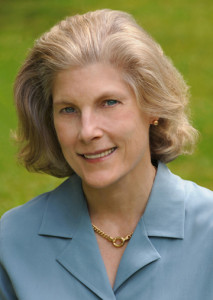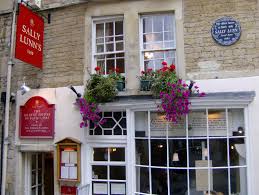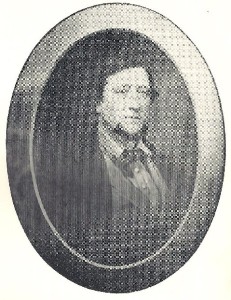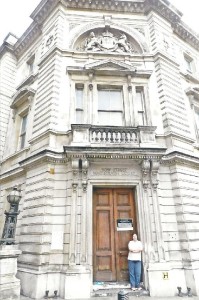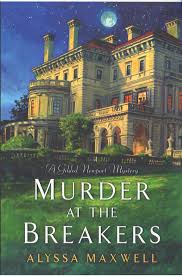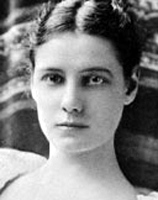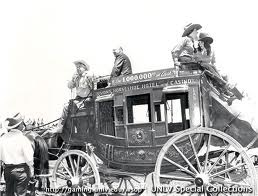Hi everyone, and thanks to Amanda for asking me to stop by today and talk a little about sisters and sisterhood. As avid readers and lovers of the Regency, we are part of a close-knit sorority—with Lizzie and Jane Bennet as our patron saints! It’s a special bond, for as the great English Romantic poet Christina Rossetti wrote: “For there is no friend like a sister, in calm or stormy weather, to cheer one on the tedious way, to fetch one if one goes astray, to lift one if one totters down, to strengthen whilst one stands.”
I have two brothers and no sisters, so when I first read Pride and Prejudice, one of the things I loved about it was the wonderful closeness and camaraderie between Lizzie and Jane. (Yes, my brothers were great about teaching me lots of important lessons in life, like how to hit a curveball and how to fall out of a tree without bursting into girly tears. But they weren’t exactly interested in sharing tears over first crushes or shopping for pretty party dresses.) The two eldest Bennets have such a strong and special bond despite—or maybe because of—their very different personalities. With her inimical skill at depicting nuances of character, Austen captured to perfection a portrait of two sister-in-spirit as well as in blood. To this day, whenever I reread it, I feel a pang of longing for having missed having a sister with whom to share my secrets. (Though I do temper that wistfulness by reminding myself that I might have gotten Lydia instead of Jane!)
 As I read Austen’s other books, I found it fascinating to see how she developed a full range of “paired” sisterly relationships. In Sense and Sensibility, Elinor and Marianne are close, but while Elinor, like Jane is sensible and very reserved, she also is much more of the “big” sister, feeling she has to hide her own most intimate feelings because she must be a model of wisdom and guidance to her more impetuous younger sibling. It’s a very different dynamic. And then, in Persuasion, Austen creates a pair of sisters who couldn’t be more ill-matched—Anne and her older sister Elizabeth have nothing in common emotionally, intellectually or morally.
As I read Austen’s other books, I found it fascinating to see how she developed a full range of “paired” sisterly relationships. In Sense and Sensibility, Elinor and Marianne are close, but while Elinor, like Jane is sensible and very reserved, she also is much more of the “big” sister, feeling she has to hide her own most intimate feelings because she must be a model of wisdom and guidance to her more impetuous younger sibling. It’s a very different dynamic. And then, in Persuasion, Austen creates a pair of sisters who couldn’t be more ill-matched—Anne and her older sister Elizabeth have nothing in common emotionally, intellectually or morally.
All those nuances of sisters and sisterhood obviously stuck with me because when I sat down to and started working on a new series idea, I found myself drawn to the challenge of creating a trilogy around three closeknit sisters. (Hey, since I didn’t have those perfect confidantes in real life, I realized I could create them myself!) The “Hellions of High Street” is all about the three Sloane sisters who share a number of things, including a closeknit friendship, an unconventional sense of humor—and a secret passion for writing. Olivia, the eldest, pens fiery political essays, Anna, the middle sister, writes racy romance novels, and Caro, the youngest is an aspiring poet. As you can imagine, the conversations between them can get rather . . . interesting.
Especially when the talk turn to men.
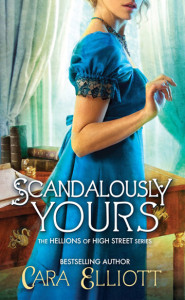 In Scandalously Yours, the first book in the series, which debuts today (you can read an excerpt here) Olivia has several “men” problems. Which all involve the oh-so proper Earl of Wrexham, a former war hero known in Society as the Perfect Hero. Her fiery political essays, written under a pen name, have attracted his attention, but the problem is, he mustn’t learn that a lady has written them. And then there’s the tongue-in-cheek reply to a newspaper that has been inadvertently sent to the earl’s young son . . .
In Scandalously Yours, the first book in the series, which debuts today (you can read an excerpt here) Olivia has several “men” problems. Which all involve the oh-so proper Earl of Wrexham, a former war hero known in Society as the Perfect Hero. Her fiery political essays, written under a pen name, have attracted his attention, but the problem is, he mustn’t learn that a lady has written them. And then there’s the tongue-in-cheek reply to a newspaper that has been inadvertently sent to the earl’s young son . . .
Her sisters have some clever suggestions on what she should do to put out the flames. But all of a sudden, the sparks seem to be flying out of control! Because as we all know, secret passions can lead a lady into trouble . . .
So, do you have sisters? If so, are you like Jane-Lizzie, Elinor-Marianne or Anne-Elizabeth . . .or something in between? Do you have any other favorite pair of sisters in literature? One commentator will be chosen at random to win a copy of Scandalously Yours (w either e-book now or print in several month—your choice!)Cara here,Hi everyone, and thanks to Amanda for asking me to stop by today and talk a little about sisters and sisterhood. As avid readers and lovers of the Regency, we are part of a close-knit sorority—with Lizzie and Jane Bennet as our patron saints! It’s a special bond, for as the great English Romantic poet Christina Rossetti wrote: “For there is no friend like a sister, in calm or stormy weather, to cheer one on the tedious way, to fetch one if one goes astray, to lift one if one totters down, to strengthen whilst one stands.”

